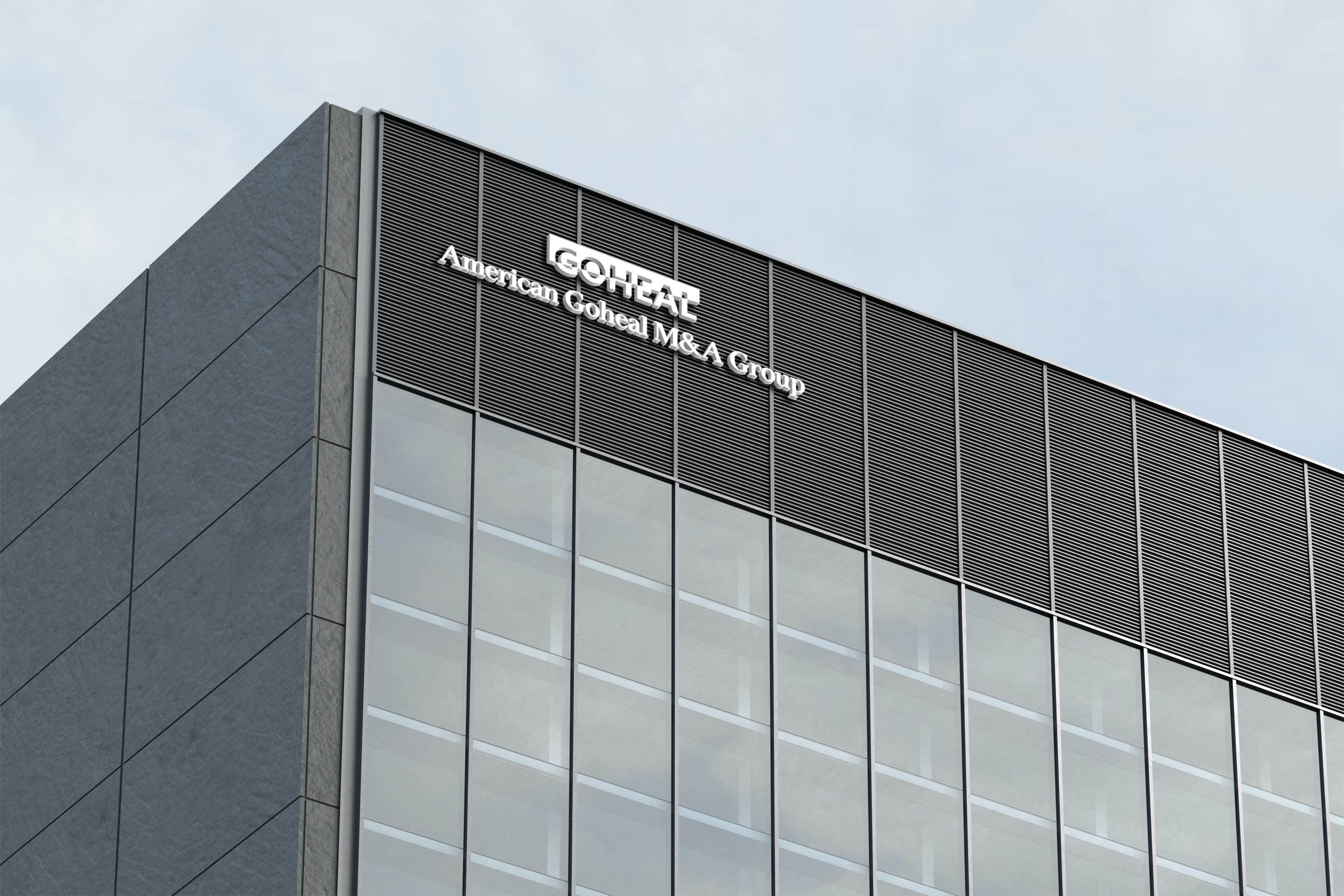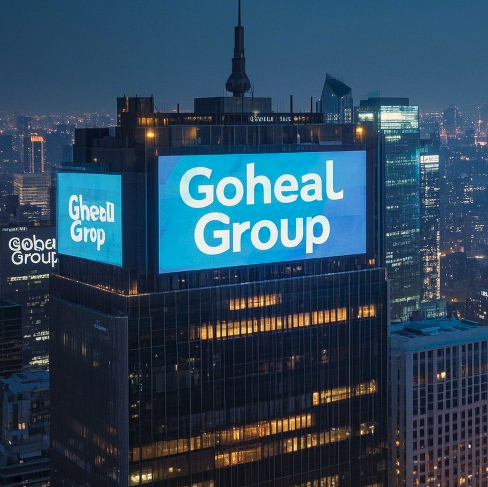"The stones from other mountains can be used to polish jade." The operation model of the capital market is like a chess game, each with its own merits. The US stock market is known for its freedom and openness, the Hong Kong stock market is known as "a combination of Chinese and Western", and the A-share market constantly adjusts its pace between stability and growth. For listed companies, capital operation is not only a combination of a series of financial means such as financing, mergers and acquisitions, and repurchases, but also a deep game involving supervision, investor expectations, and market ecology.

American Goheal M&A Group
In recent years, more and more companies have made capital layouts on a global scale. Goheal has been tracking the dynamics of the global capital market for a long time and found that the capital operation models of US stocks, Hong Kong stocks, and A-shares have their own characteristics, which are worthy of in-depth study by entrepreneurs and investors.
US stock model: market efficiency and capital-first game rules
When it comes to US stocks, many investors' first impression is that they are highly market-oriented and dominated by institutional investors. The core of this model is "capital first". Whether it is listing, mergers and acquisitions or financing, the US stock market always follows the principle of capital efficiency.
1. SPAC - a "blitzkrieg" in the capital market
In recent years, SPAC (special purpose acquisition company) has become an important tool for capital operation in the US stock market. Enterprises bypass the lengthy review process of traditional IPOs through backdoor listing and quickly enter the capital market. For example, a new energy company tracked by Goheal completed its listing through SPAC in just six months. This efficient capital operation method is very attractive.
2. Stock repurchase - a magic weapon to stabilize market value
US listed companies are keen on stock repurchases to increase earnings per share (EPS) and stabilize stock prices. For example, technology giants such as Apple and Microsoft implement large-scale repurchase plans every year to send a signal to the market that "the company has a good prospect." This flexible capital operation method is subject to stricter supervision in the A-share and Hong Kong stock markets.
3. M&A culture - "big fish eat small fish" is a normal state
M&A transactions are frequent in the US stock market, especially in industries such as technology, medical care, and finance, where acquisitions are more popular than independent research and development. For example, Tesla accelerated the layout of the new energy industry chain through the acquisition of SolarCity, and Nvidia acquired Arm to try to strengthen its control over the chip market. This highly market-oriented M&A model faces a high policy threshold in the A-share market.
Hong Kong stock model: high capital freedom, but obvious valuation discount
The Hong Kong stock market has long been known as a "value depression". For investors, it is a paradise of low valuation and high dividends; but for listed companies, it is a market with high financing costs and long-term sluggish stock prices.
1. "Penny stocks" gather together, and the financing environment is relatively complex
In the US and A-shares, stocks that fall below US$1 or RMB1 are rare, but "penny stocks" (stocks with a share price below HK$1) in the Hong Kong stock market are the norm. The reason behind this is that the proportion of institutional investors in Hong Kong stocks is not high, the market is volatile, and the capital operation of listed companies is more difficult. Therefore, many Hong Kong-listed companies will choose to return to the A-share market, and even reshape their valuations through privatization and delisting. For example, Goheal once studied a Hong Kong-listed pharmaceutical company, which returned to the A-share market after privatization, and its valuation rose sharply.
2. "Equal shares with different rights" attracts a large number of technology companies
Unlike A-shares, the Hong Kong stock market allows the "equal shares with different rights" structure, which allows the founding team of technology companies to dilute their equity while still controlling the company. For example, companies such as Xiaomi and Meituan have adopted this model to achieve a balance between the capital market and management rights.
3. "Shell company" transactions are still active
Despite the tightening of supervision in recent years, there are still a large number of shell company transactions in the Hong Kong stock market, which is almost impossible in A-shares. The active shell resource transactions have led some companies to enter the market through backdoor listing rather than the traditional IPO path.
A-share model: strict supervision and stable capital operation
The capital operation rules of the A-share market are more inclined to "seek progress in stability". For investors, this is a high valuation, but for listed companies, the flexibility of capital operation is far less than that of US and Hong Kong stocks.
1. High IPO threshold and long listing cycle
A-share IPOs are strictly reviewed and have a long listing cycle. Many companies have to wait a long time to go public. This also leads some companies to seek listing in Hong Kong or US stocks to obtain faster financing channels. However, with the rise of the Science and Technology Innovation Board and the Beijing Stock Exchange, the listing speed of the A-share market has accelerated. Goheal observed that since 2023, the number of IPOs on the Science and Technology Innovation Board has increased significantly, providing more capital support for emerging technology companies.
2. Refinancing is limited, and the rules for private placement are relatively conservative
If A-share listed companies want to refinance, they are often subject to strict supervision, and additional shares and private placements need to meet a series of conditions. This is in sharp contrast to the "additional issuance at any time" model of US stocks. For example, US stock companies can quickly issue additional shares for financing when the stock price is high, while A-share companies need to go through a series of audits and often miss the best financing window.
3. Strict mergers and acquisitions and reorganizations, and backdoor listings are difficult
In the A-share market, mergers and acquisitions and reorganizations are strictly regulated, and the review standards for backdoor listings are even stricter than IPOs. In the past, there were a large number of "shell resource" transactions in the A-share market, but now, regulatory authorities have strictly controlled backdoor listings, resulting in a decline in the activity of the M&A market.
Global capital operation models have their own advantages. How should companies choose?
In the US stock market, capital efficiency is paramount, and companies can quickly adjust their capital structure through SPAC, repurchase, mergers and acquisitions, etc.; in Hong Kong stocks, capital freedom is relatively high, but the valuation discount makes the financing environment relatively complex; in A-shares, strict supervision but high valuation, capital operation is more stable.
So, in the future, when companies are laying out in the global capital market, how should they choose the best path? For investors, how to find the best investment opportunities based on the characteristics of different markets? Which of the "capital surge" of US stocks, the "value depression" of Hong Kong stocks, and the "regulatory dividend" of A-shares is the main theme of the future?
The game in the capital market has never stopped, and Goheal will continue to pay attention to new trends in global capital operations. Welcome readers to leave a message to discuss, which model do you think is most suitable for the future development of Chinese companies?

Goheal Group
[About Goheal] Goheal is a leading investment holding company focusing on global mergers and acquisitions holdings. It has been deeply involved in the three core business areas of acquisition of listed company control, mergers and acquisitions of listed companies, and capital operations of listed companies. With its deep professional strength and rich experience, it provides companies with full life cycle services from mergers and acquisitions to restructuring and capital operations, aiming to maximize corporate value and achieve long-term benefit growth.